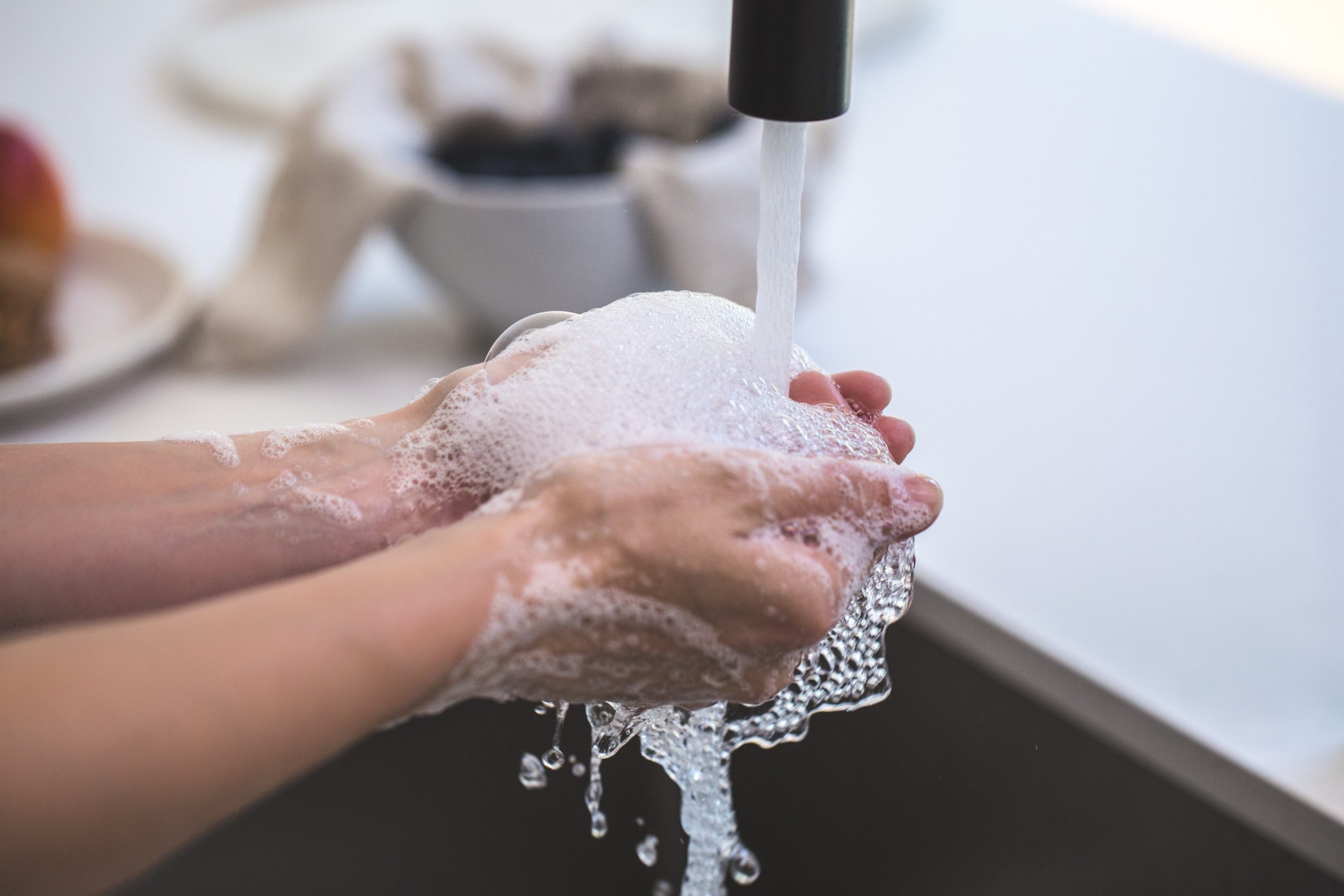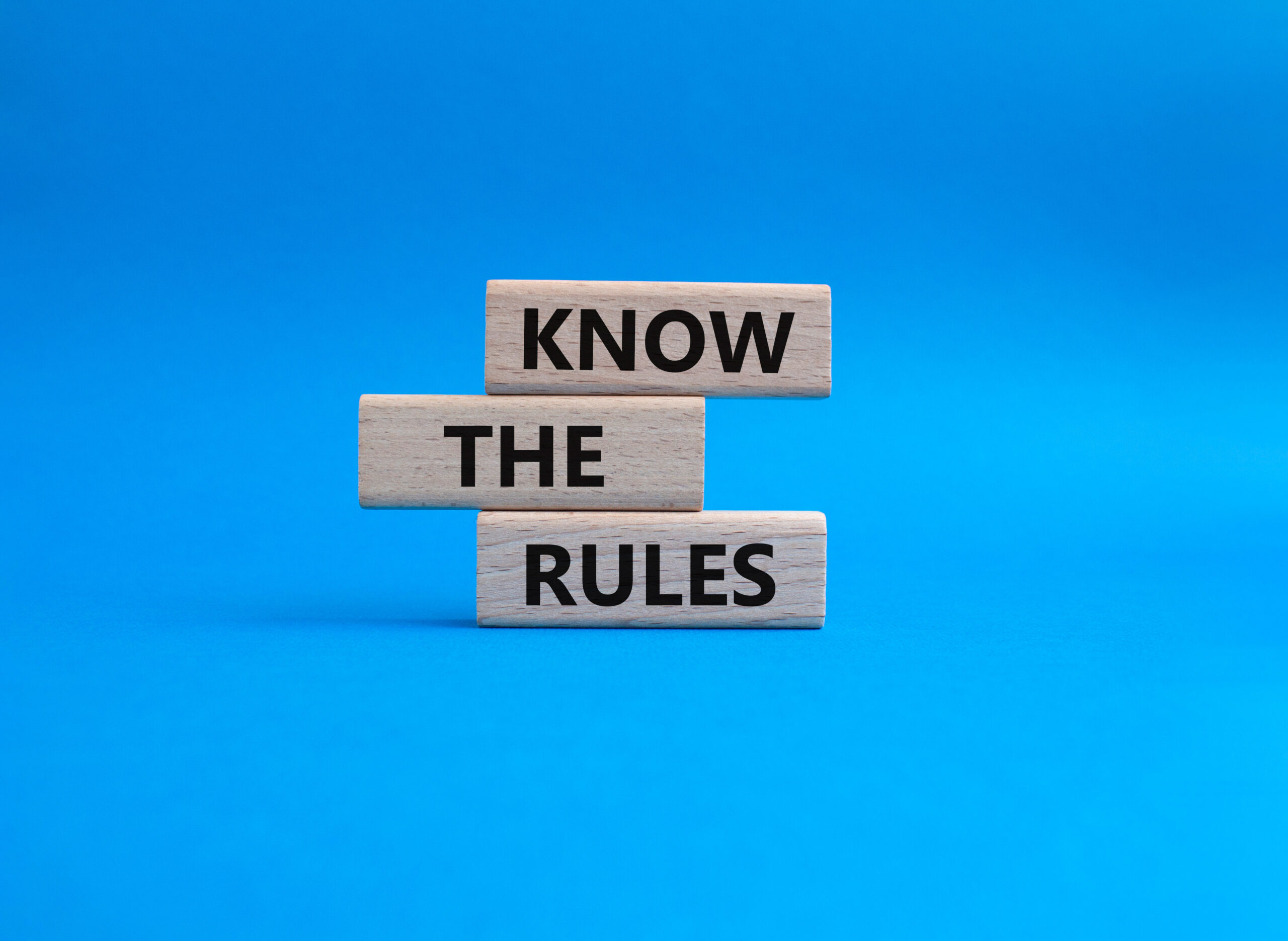You wash your hands and your body to enjoy the benefits of being clean and protected from unwanted matter. It is also the first line of defense in stopping the spread of disease. Dead skin, harmful germs, foreign matter like grit, minerals, food residue and more are all important things to remove from your hands and body. Removal is the key. Soaps and detergents are designed to loosen and lift soil and germs, so they rinse away easily.
Soap and detergent manufacturers started adding a chemical called triclosan to many of their products in the early 1970’s. Triclosan is an antibacterial and antifungal agent added to many consumer products such as soap and toothpaste. The purpose was to prevent unwanted bacterial growth. However, there was not a lot of thought about necessary bacteria and how it protects us. Scientific research from twenty years ago or more appeared to label triclosan as a “safe” to help reduce bacteria and prevent unwanted infection.
| Due to the results of more recent research, the Food and Drug Administration has banned the use of triclosan and triclocarban (used in bar soap) in detergent and soap. |
Today, the story has changed. Due to the results of more recent research, the Food and Drug Administration has banned the use of triclosan and triclocarban (used in bar soap) in detergent and soap.1 Why? The primary reason is addition of triclosan does not result in a better outcome than soap or detergent that does not have the chemical.
Triclosan is designed to kill bacteria or prevent bacterial growth. What could be bad about that? Your microbiome has a larger number of bacteria by far than cells in your body. Everyone has a microbiome and it exists on your skin and inside your body. It is made up of more than a trillion cells that need healthy care and nourishment to help you properly digest food and defend against dangerous threats of infection and disease. Your microbiome and your body work together to nourish you, protect you and keep you strong. Subtle imbalances in the microbiome are associated with a variety of diseases such as multiple sclerosis, inflammatory bowel disease, autism, cancer and more. Triclosan has been shown to cause serious adverse effects on the intestines and the microbiome.2 The FDA stated that there are more studies in progress to provide more definitive evidence. Instead of providing healthy nourishment to our microbiome it
| Instead of providing healthy nourishment to our microbiome it turns out we have been feeding it triclosan or similar antibacterial chemicals. |
turns out we have been feeding it triclosan or similar antibacterial chemicals.
Products distributed and used in the healthcare industry do not have to comply with this ban. The ban on triclosan is for “consumer” products only. The basis for the FDA ban is that manufacturers could not prove using soap with triclosan has a better outcome than without it. The question begs: If there is no better outcome, why not make the ban apply everywhere?
James M. Steckelberg, M.D., an Infectious Disease expert and an authority on antimicrobials, answers the question on the Mayo Clinic website3:
Should I (you) avoid products that contain triclosan?
The answer: Probably.
Doctor Steckelberg explains:
The ruling follows recent studies that have raised questions about whether triclosan is hazardous to human health. Research has shown that triclosan:
- Alters hormone regulation in animals
- Might contribute to the development of antibiotic-resistant germs
- Might be harmful to the immune system
When you use a product containing triclosan, you can absorb a small amount through your skin or mouth. A large 2008 study, which was designed to assess exposure to triclosan in a representative sample of U.S. children and adults, found triclosan in the urine of nearly 75 percent of those tested.
If there is no better outcome and there is such potential for harm and disease, why would you use a product with triclosan? Many times, you do not know if triclosan or one of the 19 other banned chemicals are included in a product. Look at the label and ingredients. Many products use the same brand name and market a version that is antibacterial. If it says “antibacterial” on the label that is a huge clue to stay away if you do not want to be exposed to triclosan or the other 19 antimicrobials that were banned by the FDA.
How to protect yourself from potentially harmful antibacterial products:
- Be aware that triclosan and other antimicrobials do not clean better or result in a better outcome.
- It is suspected that triclosan is linked to increased antibiotic resistance, hormone disruption and an increased risk of disease.
- Make a product choice that does not include “antibacterial” on the label or the FDA banned triclosan or the other 19 chemicals as listed below.
The entire list of FDA banned antimicrobials:
- Cloflucarban
- Fluorosalan
- Hexachlorophene
- Hexylresorcinol
- Iodophors (Iodine-containing ingredients)
○ Iodine complex (ammonium ether sulfate and polyoxyethylene sorbitan monolaurate)
○ Iodine complex (phosphate ester of alkylaryloxy polyethylene glycol)
○ Nonylphenoxypoly (ethyleneoxy) ethanoliodine
○ Poloxamer—iodine complex
○ Povidone-iodine 5 to 10 percent
○ Undecoylium chloride iodine complex
- Methylbenzethonium chloride
- Phenol (greater than 1.5 percent)
- Phenol (less than 1.5 percent)
- Secondary amyltricresols
- Sodium oxychlorosene
- Tribromsalan
- Triclocarban
- Triclosan
- Triple dye
References:
1. Safety and Effectiveness of Consumer Antiseptics: Topical Antimicrobial Drug Products for Over-the Counter Human Use; Department of Health and Human Services; Food and Drug Administration; The Federal Register Volume 81, No. 172, Tuesday September 6, 2016 61106 -61130 2. Weatherly, Lisa M.; Gosse Julie A. Triclosan Exposure, Transformation, and Human Health Effects. Journal of Toxicology and Environmental Health Part B Critical Review Volume 20 2017 Issue 8 447-469 3. Steckelburg, M.D., James M. https://www.mayoclinic.org/healthy-lifestyle/adult-health/expert-answers/triclosan/faq-20057861
For more articles, subscribe to our newsletter!






